Turtle Soup –China, Singapore, and the United States
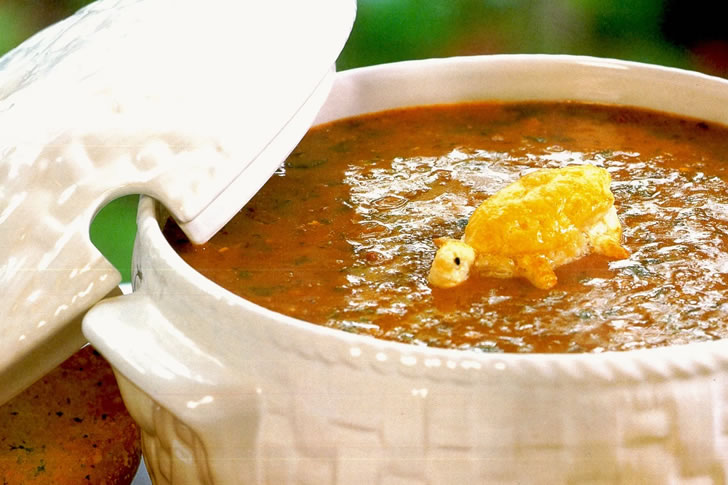
Turtles can be the cutest things globally. Some people would even make them their pets and treat them as their friends. But in countries like China, Singapore, and the United States, turtles are edible and are, to some degree, treated as food. These countries are famous for their unique dish called Turtle soup. It is made out of the flesh of turtles, and they include it as an ingredient for their soup. The turtle soup dish could be pricey, so it is one of the luxury dishes bought by customers. People eat the dish to experience the taste of turtles. However, in some areas, the consumption of turtles is considered illegal. Turtle soup is decreasing in popularity but some still patronize the dish because of its unique taste as well as the overall experience of eating it.
Shirako – Japan
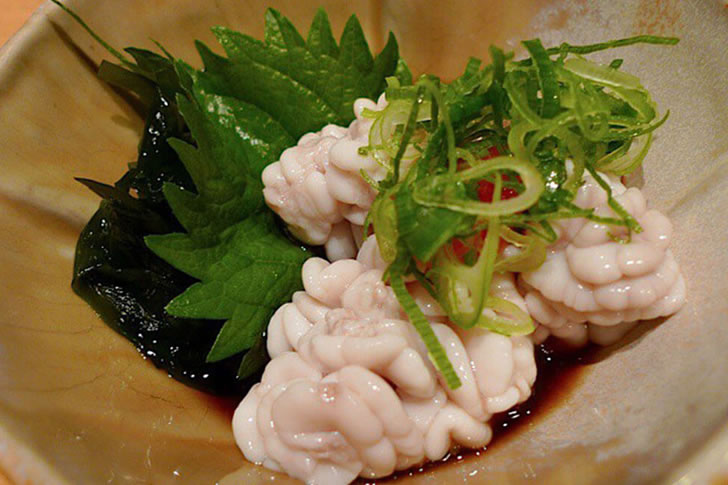
Another peculiar dish from Japan is Shirako. It is a fish-based dish that features the cod sperm sac; it has a very soft and creamy texture. This sperm sac may seem gross — and, to some degree, it is — but it is likened to dairy products. Aside from its slight fishiness, it has a sweet and custardy taste when eaten raw. Once the Shirako is cooked, restaurants usually serve it steamed or fried, and it becomes more firm. Eating this delicacy is a whole new experience. Japan is known for preparing its food as clean as possible, so even if it is an unusual dish, you can rest assured that it is safe to eat. Food reviewers and brave people often take the chance to eat this creamy delicacy, only to be surprised at how delicious it is.
Balut – Philippines
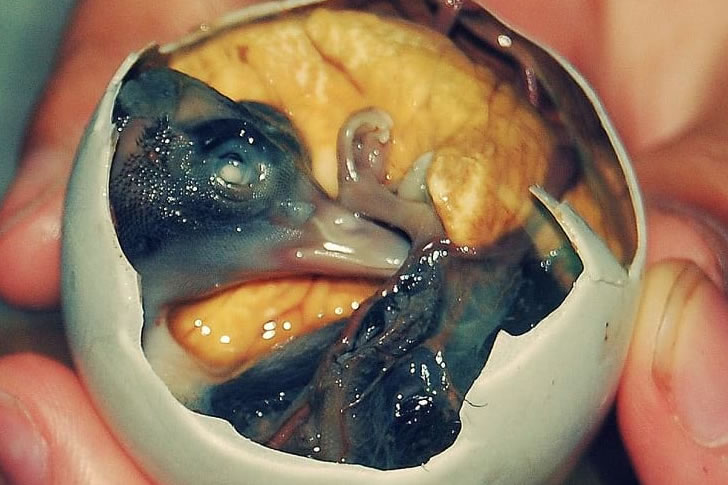
One of the most famous street foods in the Philippines is Balut. It is a boiled duck egg with a developing embryo inside. The embryo underwent a process of incubation inside the egg. It is, to a huge degree, as revolting as it sounds. The incubation process takes about 2 to 3 weeks, then the eggs are cooked through steaming or boiling. A Balut contains tons of nutritious elements when eaten in moderation. Still, it could harm your body if you eat excessive amounts of it because of its calories. It has a savory flavor and is frequently served with some salt to add taste. Tourists in the country who’ve had the courage to try this food often find themselves regretting every moment of the weird gastronomic experience.
Cobra Heart – Vietnam
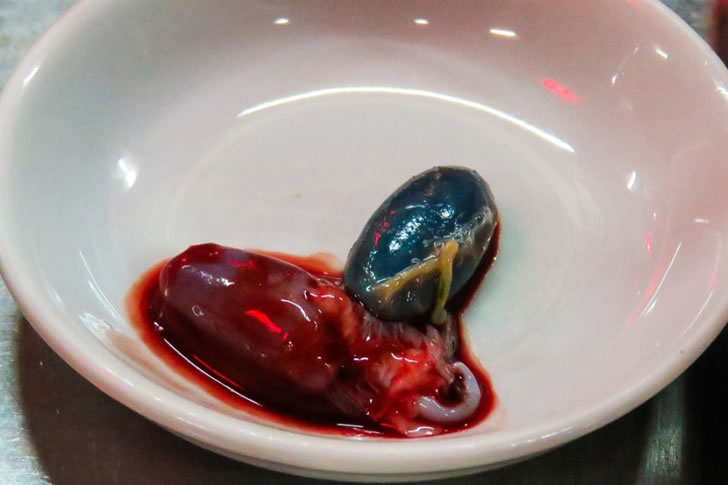
Our next dish comes from Vietnam, and it is not for those with a faint heart. This would not be our typical raw and clean delicacy, because it is quite a bloody one. It is called the Cobra’s heart, and if you think that the name itself is already terrifying, wait until they serve it to you. The way locals serve Cobra’s Heart to their customers is through a live show where the throat of the cobra is slit. Once the cobra’s throat is slit, they remove its still-beating heart, place it into a glass, then ask the brave souls at the table to eat it as is. Locals believe that there are benefits from eating a cobra’s heart, but don’t call off applying for health insurance just yet, because we doubt that these claims are true.
Sannakji South Korea
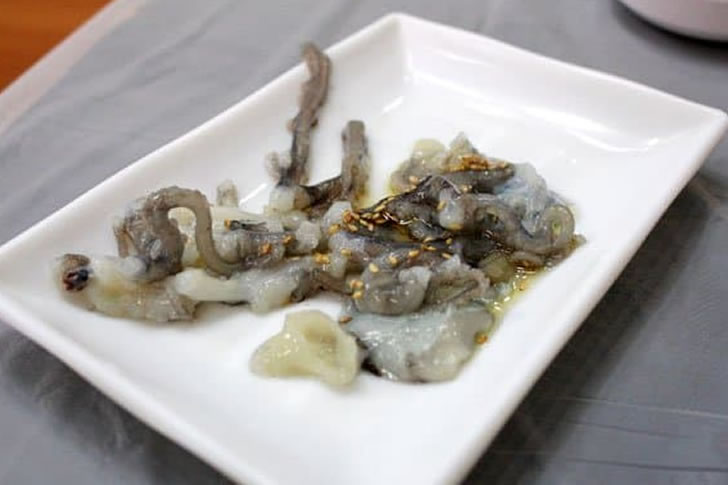
Sannakji is another raw dish from South Korea. It consists mainly of octopus tentacles. Although the octopus is already dead when served, the nerves in their tentacles still work, which is why the hacked-off limbs still move while on your plate. The tentacles’ suction still functions, in fact, that one can stick to your skin if you put it against you. It might be a terrifying experience, to be sure — or, to some degree, it might be an amusing one — but it’s all part of the fun. Locals are fond of eating this raw dish, and though there is some danger while eating it, some people love this dish because of its satisfying and delicious texture. One needs to be cautious and careful when eating Sannakji, however, because some have choked on it.
Airag – Mongolia
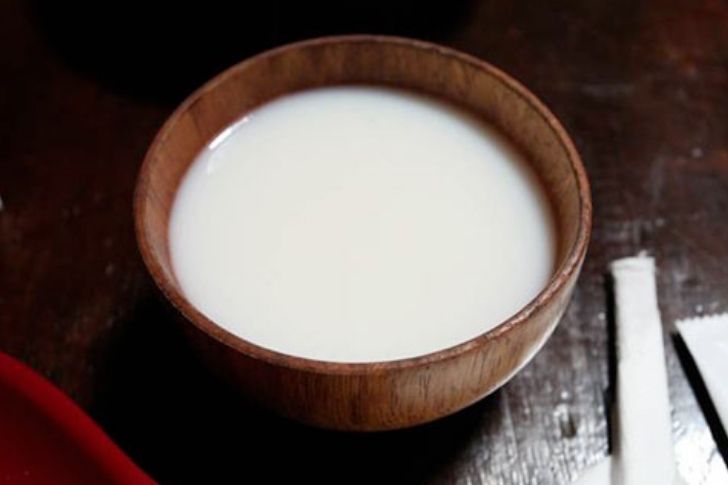
Before gas-fueled automobiles were invented, horses were the primary mode of transportation for many early civilizations. But for the natives of Mongolia, they discovered another, more essential, purpose for their horses.
Airag is made by filtering a mare’s milk through a leather sack – plastic works, too. Afterward, the milk is then stirred with a wooden masher called a Buluur, for a duration of one to two days. Throughout the stirring process, natives would often leave the Buluur and the sack at their homes’ entrance, encouraging visitors to stir the milk before entering and exiting the house. Once finished, the Airag becomes an alcoholic beverage that Mongolians share with natives and passing tourists alike. Fortunately, thanks to the fermentation process, Airag can be consumed by people who are lactose intolerant — they are also full of vitamins and minerals.
Alligator – United States
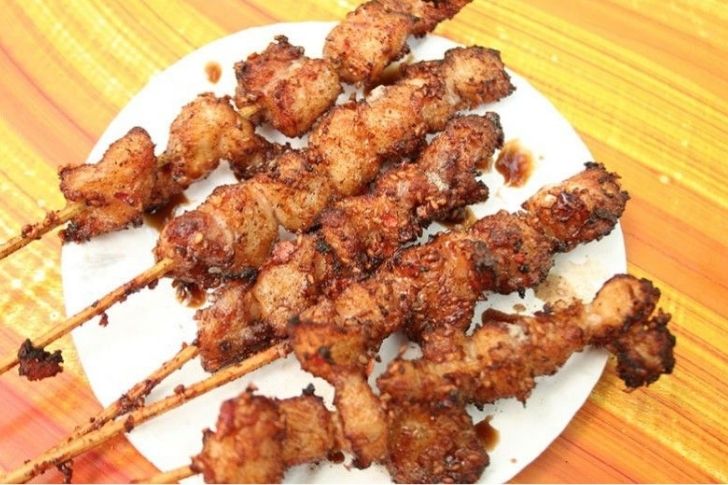
For people looking for a healthier alternative to red meat, perhaps you might like to try some alligator meat.
Mainly served in the United States’ southern regions, alligator meat has been a well-known cuisine throughout American history and is often regarded as tasting like chicken or fish. Furthermore, alligator meat can be cooked in different ways, including deep frying, roasting, stewing, and sautéing. And to make it even better, not only is alligator meat delicious, it’s also low on fat and cholesterol and rich in protein — undoubtedly one of the more significant health investments for both food lovers and cooks who are conscious of what they eat. However, this cuisine can only be found in a few American states due to the strict laws against alligator hunting.
Alpaca – Peru, Chile, and Bolivia
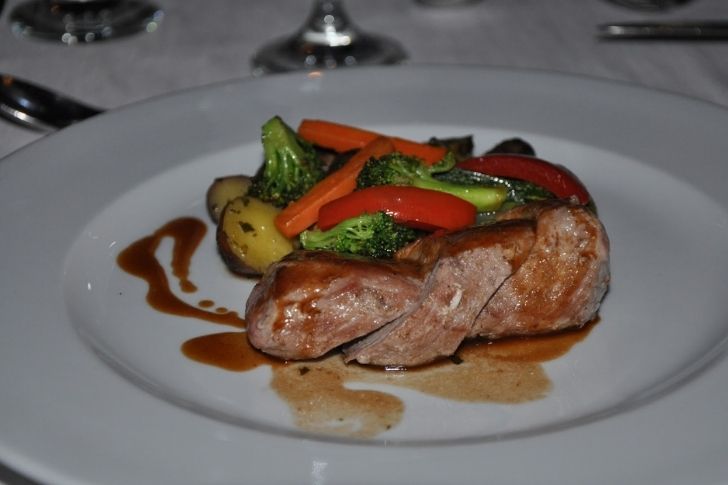
Alpacas are often used in the garments industry because their wool is a good source of fiber for clothing. However, many companies over the years have started taking credit for their ability to utilize alpacas in their entirety.
Alpaca meat, like alligator meat, is a better alternative to red meat because of its low quantities of fat, calories, and cholesterol. This meat is also a good source of protein, making it a suitable replacement for beef or pork. For countries like Bolivia, Chile, and Peru, alpaca meat is one of the essential ingredients in many of their cuisines. Fortunately, other countries have started appreciating the health benefits alpaca meat can provide, which is why alpaca meat is much easier to get these days.
Chicken Feet – Asia
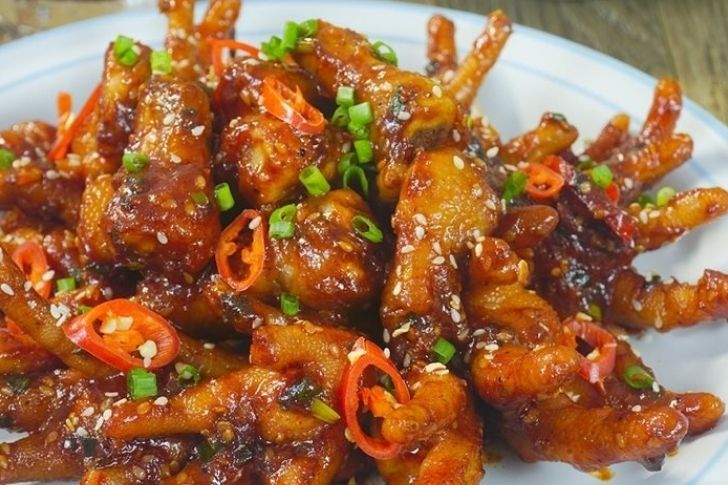
As weird as it may sound, chicken feet are actually quite a delicacy, especially in Asian countries like China, Korea, and the Philippines.
Although they are cooked differently, depending on the country you visit, chicken feet are also known to have their fair share of health benefits. Due to the fact that this part of the chicken consists mostly of protein, calcium, and collagen, chicken feet can provide many health benefits to whoever consumes it. Among its many benefits include healthier skin, reduced chances of getting brittle bones, and some even say that chicken feet can repair damaged muscle, tissue, and nerves. So, if you’re looking to make an investment in maintaining your overall health and well-being, perhaps a few meals of chicken feet every now and then is worth a try.
Blood Sausage – United Kingdom, Ireland
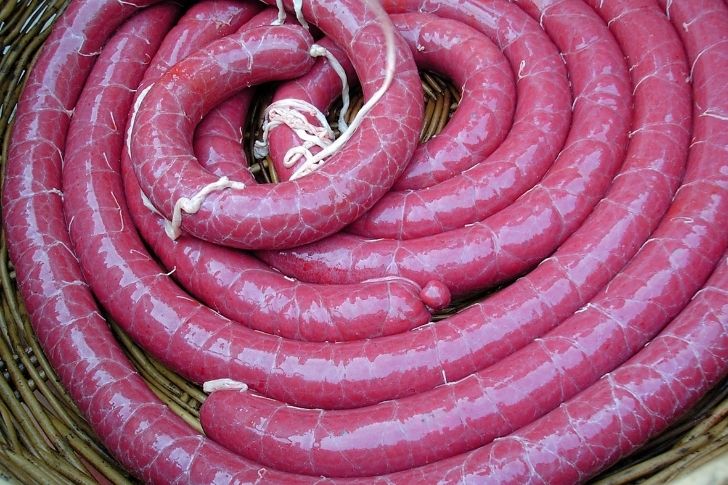
Yup, the name says it all. Blood Sausage is a delicacy mostly found in English countries.
Before things like the internet and online classes were even available, many countries have already served Blood Sausages as a delicacy. However, the name “Blood Sausage” is primarily a broad title for this cuisine. Among the many variants of this delicacy is Ireland’s very own Timoleague Brown Pudding, which is composed of pork trimmings, cereal, fresh onions, seasoning, spices, natural casings, and pig’s blood. Although it sounds off-putting, the mere fact that this recipe withstood the test of time is good enough to intrigue those curious about this age-old cuisine. In fact we’ve been told that a blood sausage, contrary to what its name might suggest, hardly even tastes like actual blood.

